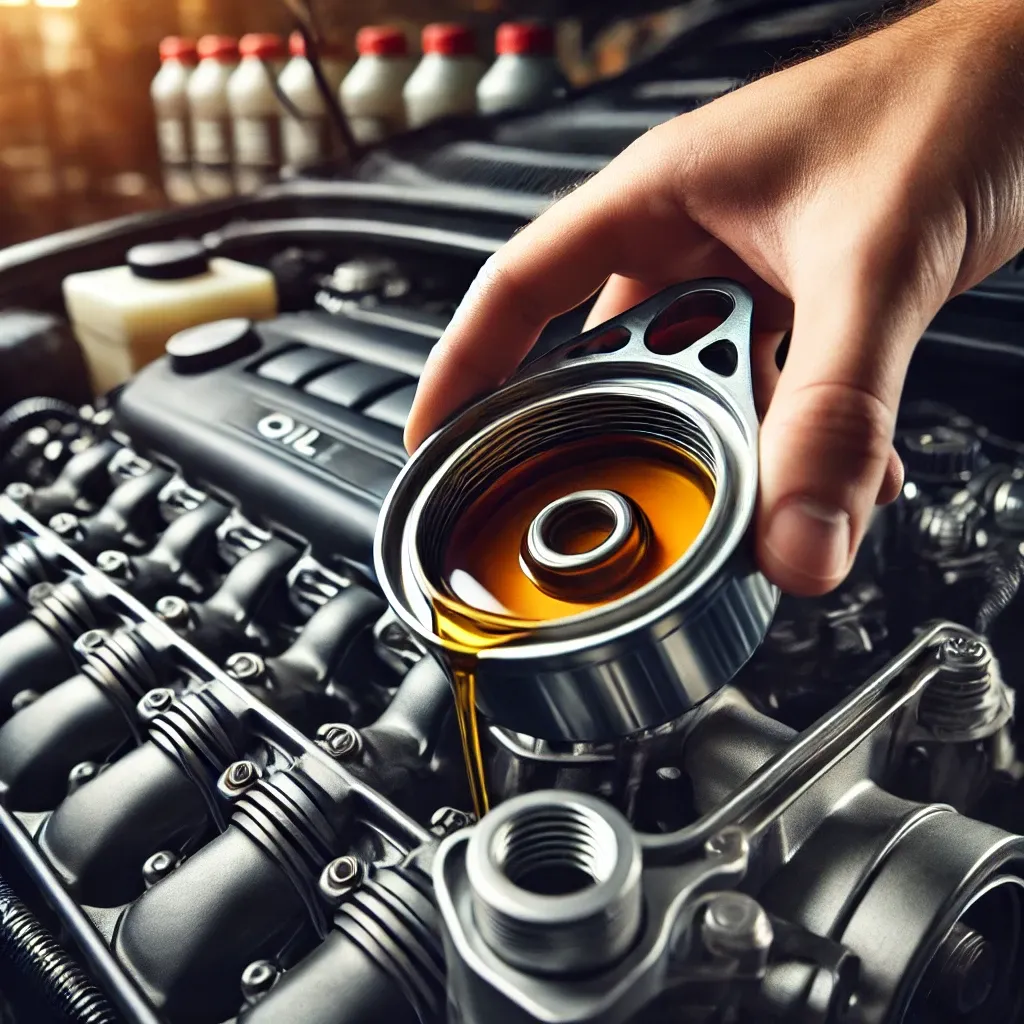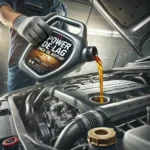Ever struggled with opening the engine oil lid? Whether it’s stuck, smoking, or simply not closing, discover how to solve the problem and keep your car running smoothly.
How to Open the Engine Oil Lid
Opening the engine oil lid might seem like a simple task, but sometimes it can be tricky, especially if you’re dealing with tight seals or an old, worn-out lid. Whether you’re checking the oil level, changing the oil, or doing routine maintenance, knowing how to open the engine oil lid properly is essential. Here’s a quick guide to help you:
-
Turn off the Engine Always ensure the engine is off and cool before attempting to open the engine oil lid. This is crucial for your safety.
-
Locate the Oil Lid The engine oil lid is usually located on top of the engine and may have a symbol of an oil can.
-
Twist Counterclockwise Most engine oil lids open by twisting counterclockwise. Make sure to grip the lid firmly and twist gently.
-
Use Tools if Needed If the lid is stuck, use a rubber grip or an oil filter wrench to loosen it. Avoid using excessive force to prevent damaging the lid or surrounding components.
-
Check the Gasket If the lid is tight due to an old gasket, consider replacing it during your next oil change to prevent leaks.
This simple process can save you time and hassle. But what if the lid doesn’t open at all?
What to Do if the Engine Oil Lid Doesn’t Close
Sometimes, the engine oil lid won’t close properly, which can lead to leaks and other issues with your car. If you’re experiencing trouble with closing the engine oil lid, it’s important to address the issue immediately to avoid engine problems.
Here are some possible reasons why the engine oil lid doesn’t close and how you can fix them:
-
Damaged Lid Threads Over time, the threads on the oil lid or its housing can become worn out, preventing it from closing properly. Inspect the threads and replace the lid if necessary.
-
Faulty Seal or Gasket The rubber gasket on the oil lid can wear out or become damaged, preventing a tight seal. Replacing the gasket can help fix the problem.
-
Foreign Debris Sometimes, dirt or oil residue builds up on the lid or its housing, preventing it from closing properly. Clean the area around the lid thoroughly and try again.
-
Over-tightened Lid If you’ve tightened the lid too much previously, it might not close properly the next time. Try loosening it slightly and then retightening to see if it seals better.
It’s best to take the car to a mechanic if you can’t resolve the issue on your own, as leaving the oil lid improperly closed could result in a loss of oil or engine damage.
Engine Oil Lid and White Smoke: What’s the Connection?
If you notice white smoke coming from under your car’s hood after opening the engine oil lid, this could indicate an underlying issue with the engine. Here’s why this might happen:
-
Oil Leaks When oil leaks from the engine, it can come into contact with hot engine parts, causing it to burn off and produce white smoke. Check for oil leaks around the oil lid and surrounding areas.
-
Coolant in the Oil If the engine coolant has mixed with the oil, it can lead to white smoke as the coolant burns off. This could be a sign of a blown head gasket, which should be addressed immediately by a mechanic.
-
Excessive Oil Pressure If the engine is overfilled with oil or the oil pressure is too high, it can cause the oil to be forced out of the engine, leading to white smoke. Make sure the oil level is within the recommended range.
To prevent white smoke, it’s crucial to maintain your car’s engine in top condition, regularly check oil levels, and replace parts like gaskets and seals as necessary.
👉Learn More About White Smoke👈
Conclusion
Understanding how to open and maintain the engine oil lid is an essential part of car maintenance. Whether you’re facing issues like the lid not opening, closing properly, or encountering white smoke, these problems can often be resolved with a little knowledge and the right approach.
If you’re ever unsure about handling these issues, don’t hesitate to consult a professional mechanic. Regular oil checks and timely repairs will keep your engine running smoothly for years to come.
As the famous quote goes, “An ounce of prevention is worth a pound of cure.” Keeping an eye on your engine oil lid is just one of the many small steps that can prevent bigger problems down the road.






